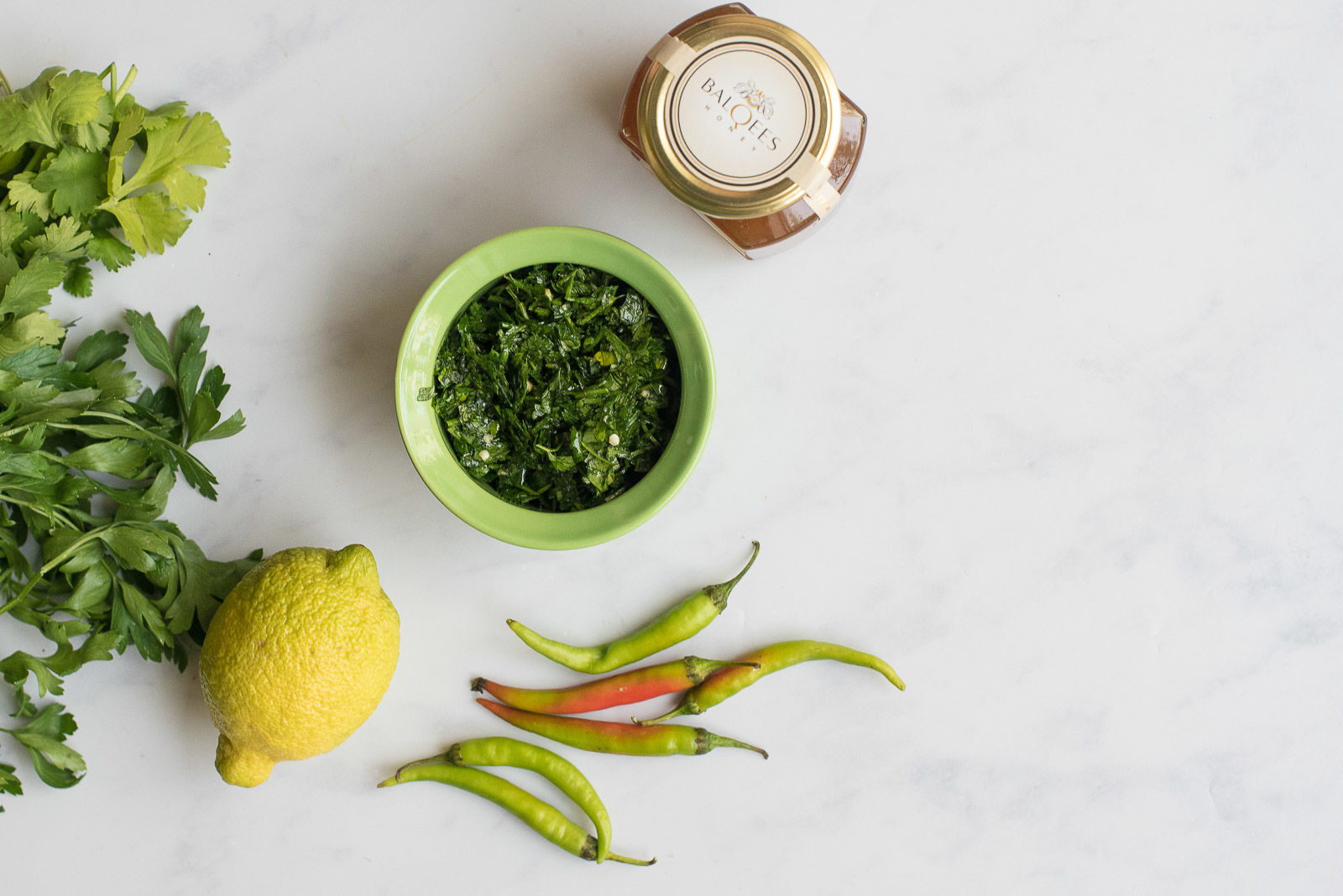
Of all the dips and sauces in the Middle East, this is one that’s a hidden gem. Many mezze that most people know about, like hummus, tabbouleh, baba ganoush, are from Lebanese and Syrian traditions. Lesser known is the cuisine of Yemen, which has a very distinct identity due to its history and location.
In the Quran Bilqis or Balqees, the Queen of Sheba, is said to have ruled the kingdom of Marib in Yemen about 1,000BC and that the land was blessed with a variety of spices which the queen bestowed as gifts to other kings.
As an important trade route, there are many influences ranging from India and Iran to the Mediterranean, but the food is also rich in the ingredients that Yemen is still famous for – honey and coffee.
Stews simmered in clay pots in the ground, slow roasted meats, fragrant rice and heat from spices are at the heart of Yemeni cuisine. Each family has its own special mix of spices called hawaayij which they grind and blend themselves.
Yemenis tuck into hearty breakfasts and have their main meal at lunchtimes.
Zhoug is a sauce that makes use of fresh ingredients and is drizzled over many things from bread to grilled vegetables. You could think of it as having similarities to a spicy pesto but the flavours are more intense so it’s used more sparingly. The bright, fresh green colour also livens up the look of the food (many Yemeni dishes are brown) as well as the taste buds.
It’s simple to make in a food processor for a fine and smooth sauce. Traditionally it would have been chopped by hand or ground in a pestle and mortar so the texture is coarser. Whichever method you make is personal preference.
There are slight variations on the recipe from family to family with some incorporating a drizzle of honey. This one is adapted from our founder Riath’s Mum. No surprise that she stirs in a good dollop of raw honey when making her version.
Ingredients
Method
*You can also use 2 parts fresh coriander to 1 part fresh parsley.
Sign up for exclusive offers, recipes and the latest raw honey news.